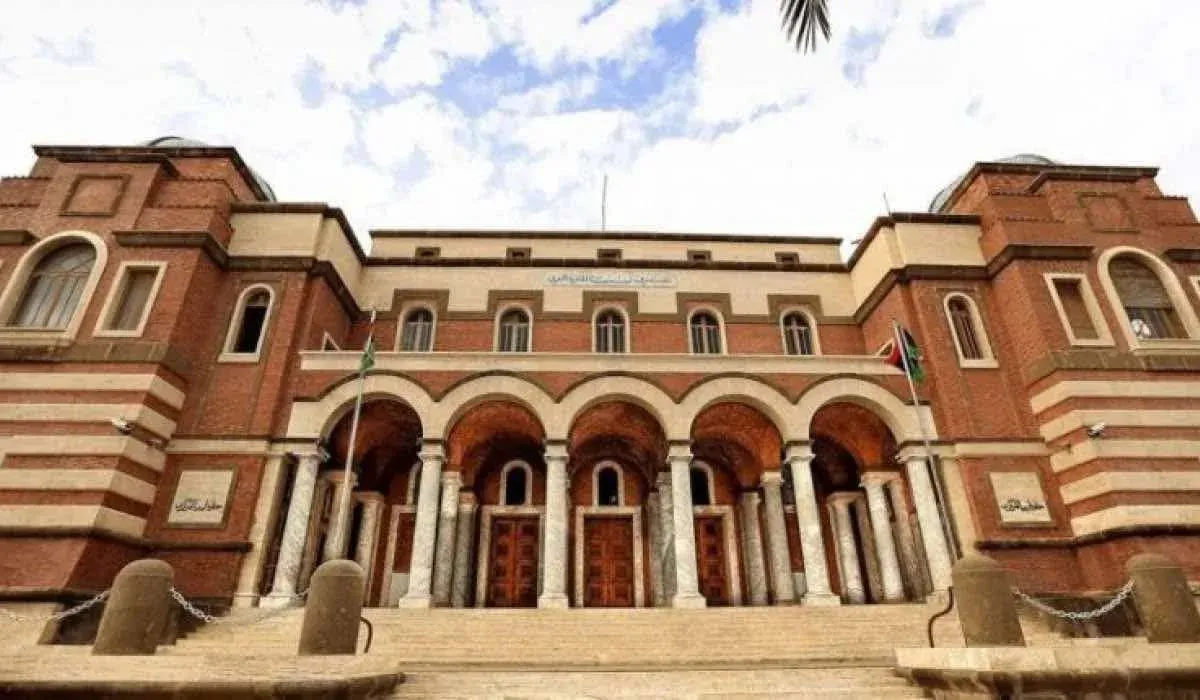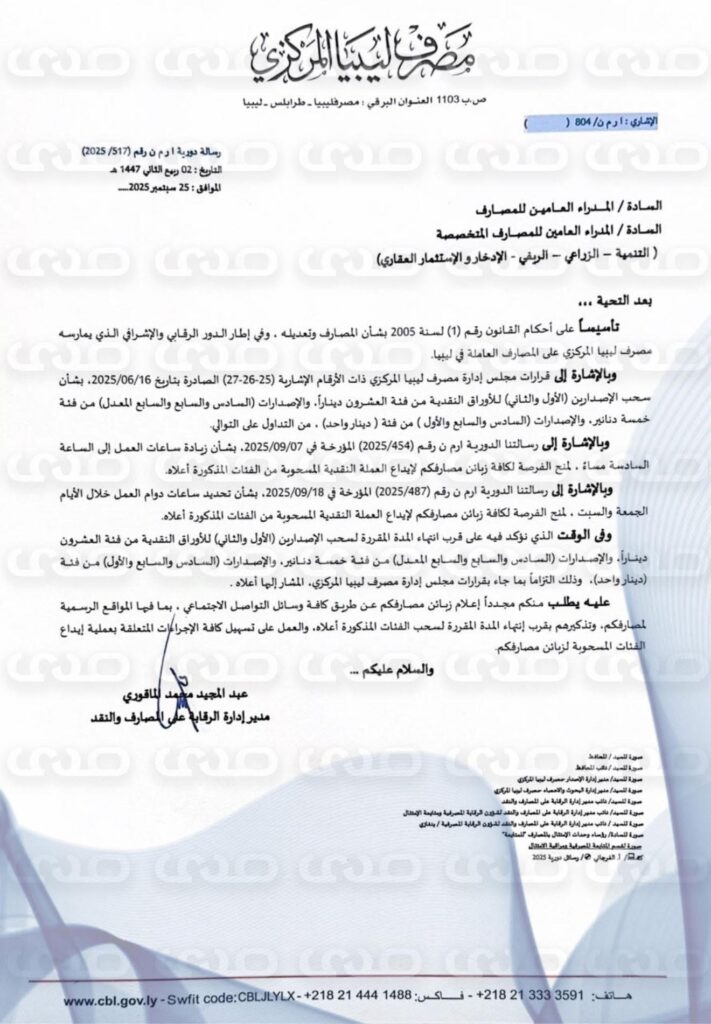Exclusive.. Sources reveal to Sada a decline of the dollar in Benghazi to 6.94 and security intervention to halt Tripoli’s market
Sources told our source about a new intervention by security authorities to halt buying and selling operations in Al-Mushir market, at a time when the dollar is witnessing a noticeable drop below 7 dinars.
This comes amid difficulties in stabilizing the rate at 6.98 due to these measures, with the dollar recorded at 6.94 dinars in Benghazi.














